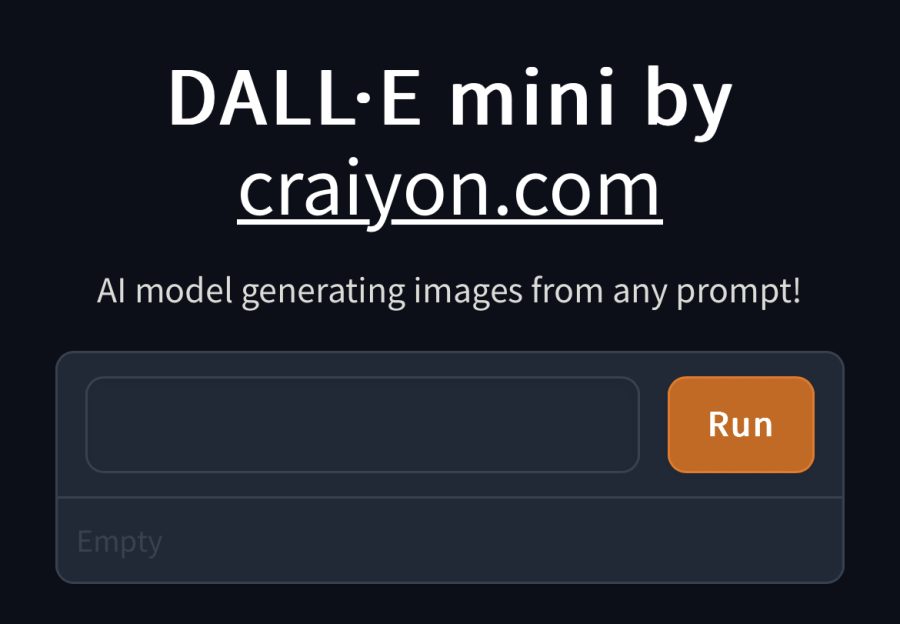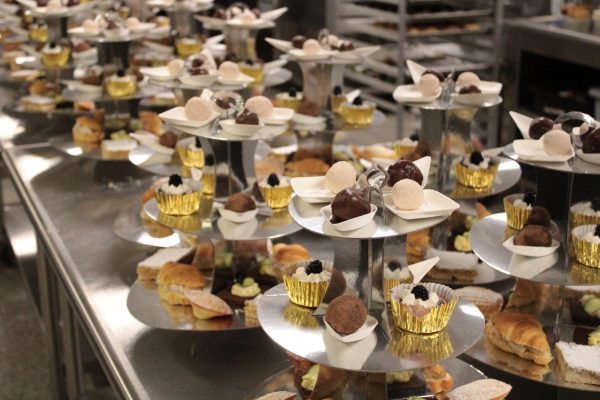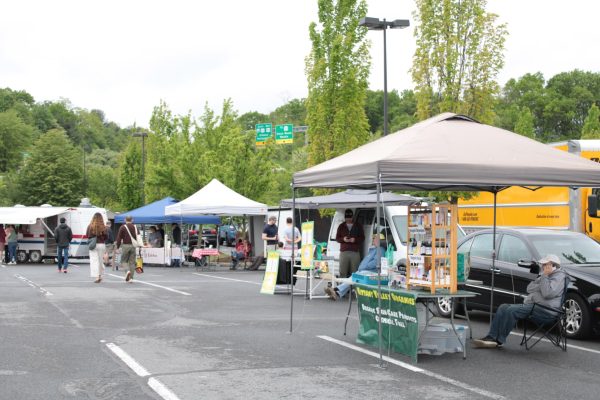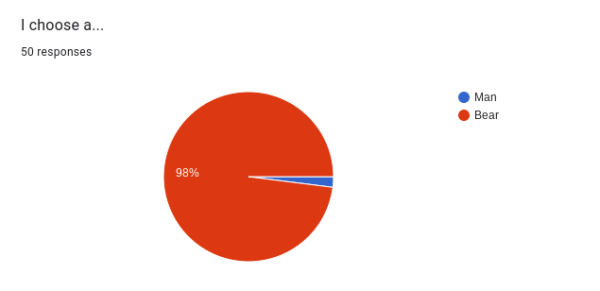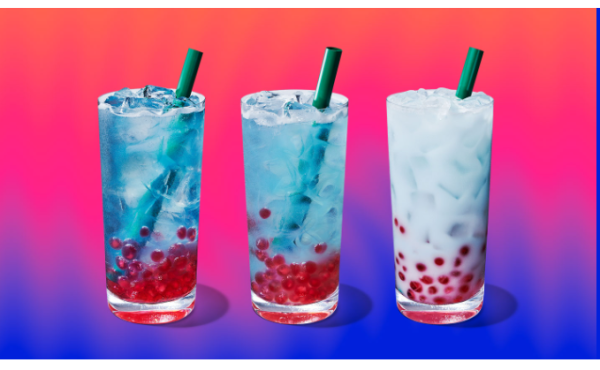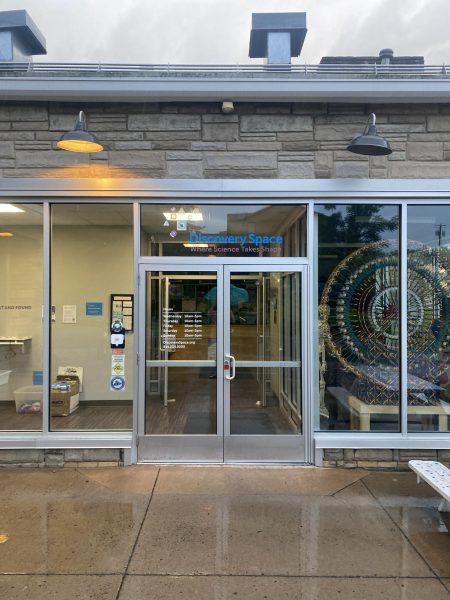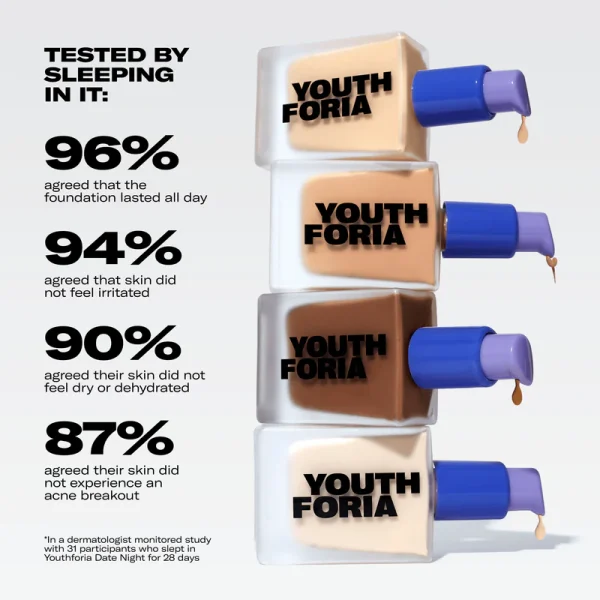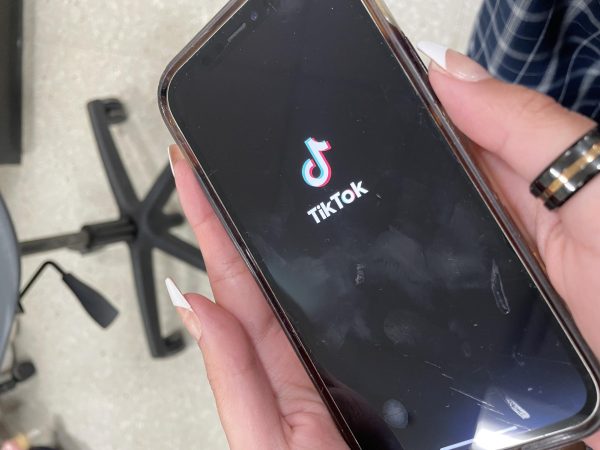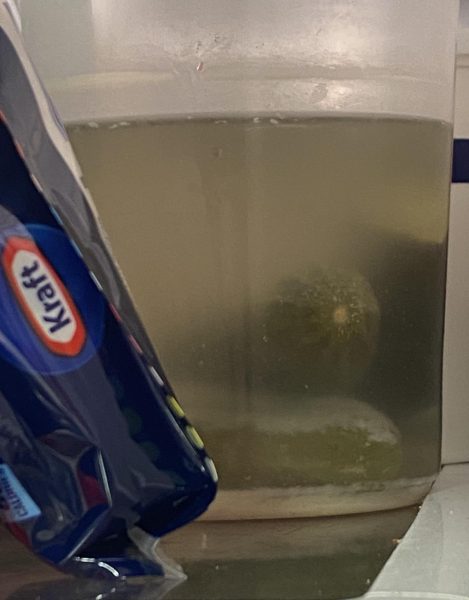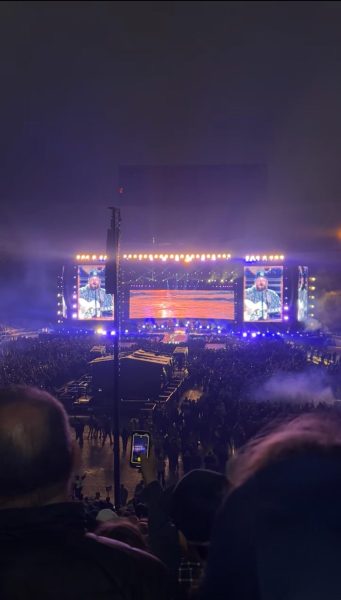AI Art: Blessing or Curse?
May 26, 2023
In early 2022, an AI-generating software called Dall-E Mini captured public attention. Soon enough, everyone was using it. And, in August of 2022, a man named Jason M. Allen used AI to create a piece for an art competition in Colorado. The piece won, angering artists.
Animation and Advanced Photography teacher Danielle Crowe helped clarify the complexities shaping AI in art by providing a basis for defining art. For Crowe, art involves, “the forethought conceiving the idea that some sort of process takes place and that can look many different ways. And then a product that was born from their initial thinking and some amount of agency within that process that that’s what can be really different from one place to another.”
Crowe’s definition helps explain why debates about whether AI art counts as art are increasing. There’s a clear gray area between human-made art and an automated product. With AI,there’s a process, there’s an idea, but there’s barely any agency. After the prompt is inputted, the individual loses control of the artistic process, leaving it all to the AI.
Al Eburne, who is in ARTSMART, considers art difficult to define because it encompasses both product and process. “I define art as basically the manifestation of any sort of idea or, or sort of like feeling in something that is in some way creative. It doesn’t have to be something that you can see, it can be something you can hear or just experience,” Eburne said.
AI art conforms to Eburne’s description to some extent. It’s the manifestation of an idea and one’s creative thoughts flowing through. However, the actual picture is the AI’s doing – the person’s artistic abilities are limited to AI algorithms.
So far, AI has not become a major focal point of what Crowe teaches or what her students discuss. “It doesn’t come up very often. This year is the first time it was really on anybody’s radar for discussion,” Crowe said.
Eburne had similar views. “From what I’ve heard, the opinions are pretty negative against AI art for the most part,” Eburne said. Such views underscore that AI art may have popular appeal but faces ambivalence and even hostility from some artists.
Both Crowe and Eburne agreed that AI Art poses some potential ethical problems.
“The greatest ethical [concern] to me is the amount at which the AI algorithm is sampling from human-generated artwork. Bots are taking textures and images from what exists on the internet that people made and posted there, then that’s an ethical issue,” Crowe said.
Eburne views AI Art as damaging to how art is seen by the public. ”I think the problem lies in when it sort of, people appreciate AI art more than people, than art that other people have created themselves,” Eburne said.
These concerns are valid. Copyright infringement could worsen as AI art becomes more advanced and the specific aspects of the art-making process constitutes a new threshold of commodification.
That said, Crowe and Eburne are both open to AI Art having some benefits. Crowe views AI art as a potential tool for those suffering from artist’s block. “I do see potential benefits for that, not without risk, but I think we’ve always used some tools to help us generate ideas to motivate our own art-making process,” she said.
Eburne shares a similar sentiment, pointing out that new technology often leads to excitement. “I think it can be when done properly and ethically and in consideration with other artists, I think that it can be a very cool art form,” Eburne said.
Although this sort of technology should not be relied on too heavily, I do see the help it may be able to provide.
Although AI Art may be a useful tool for some, it fundamentally stands on the works of others and further commodifies a key part of the human experience. It also lacks any real ability to innovate and is best suited as a way to overcome artist’s block. is not and should not be the future of art.

